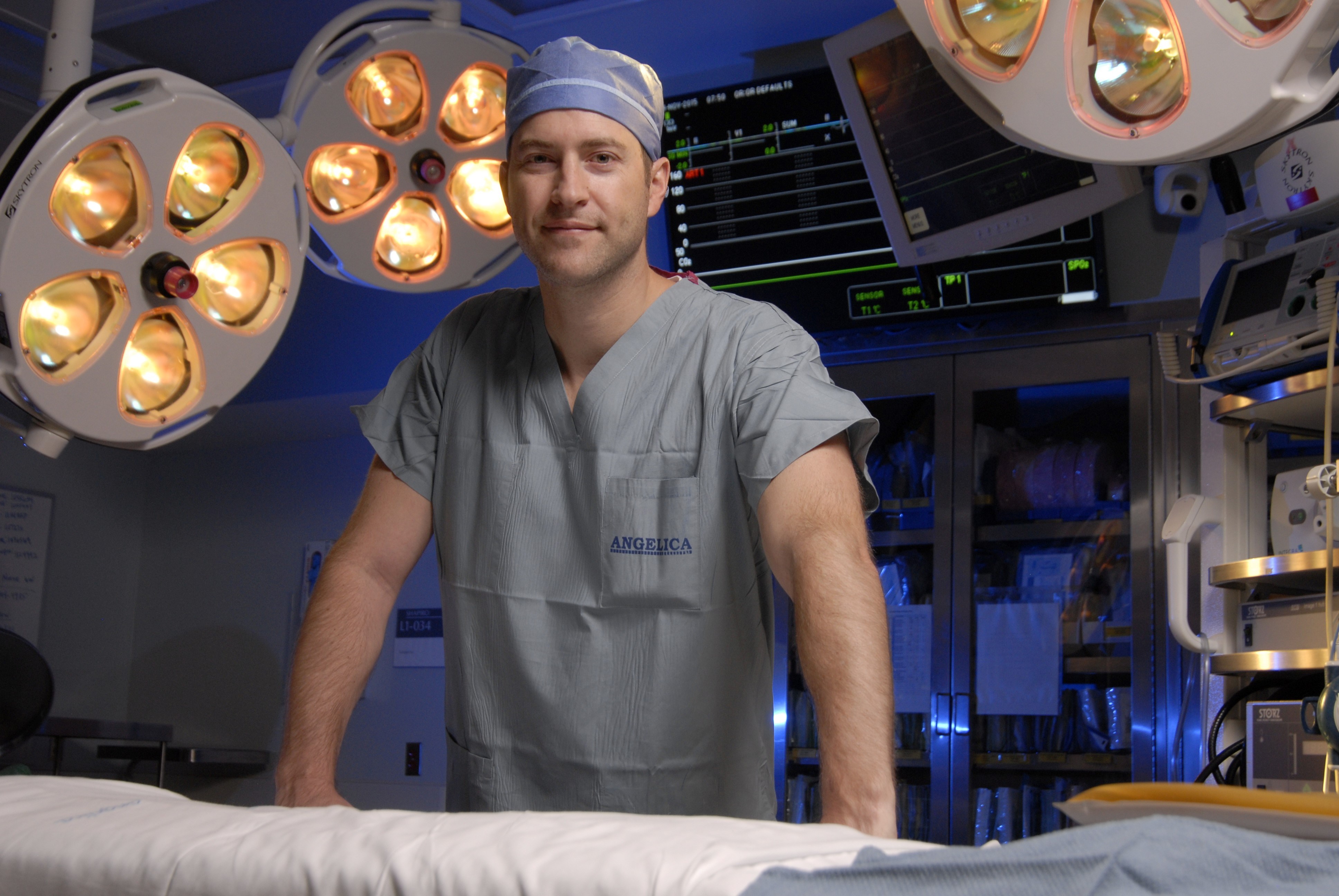 Complications and high readmission rates are a persistent challenge following radical cystectomy for the treatment of bladder cancer. The complex, intrabdominal operation, which includes replacement of the bladder or creation of a stoma, and often includes removal of reproductive organs as well, is associated with a high rate of morbidity. Patients undergoing the procedure often have additional risk factors for venous thromboembolism (VTE), such as pre-operative chemotherapy, older age and a history of smoking, and VTE is estimated to occur in 5.5 to 8.5 percent of patients and cost more than $10,000 per event. In a comprehensive effort to reduce risk of VTE, reduce length of stay and improve other measures of quality of care, Brigham and Women’s Hospital urologists have implemented a perioperative VTE prophylaxis program and analyzed its results, reporting key quality of care improvements. In addition, in collaboration with nurses, anesthesiologists, pharmacists and other members of patients’ care teams, clinicians in the Division of Urology are exploring innovative initiatives to continue to make strides in improving patient care.
Complications and high readmission rates are a persistent challenge following radical cystectomy for the treatment of bladder cancer. The complex, intrabdominal operation, which includes replacement of the bladder or creation of a stoma, and often includes removal of reproductive organs as well, is associated with a high rate of morbidity. Patients undergoing the procedure often have additional risk factors for venous thromboembolism (VTE), such as pre-operative chemotherapy, older age and a history of smoking, and VTE is estimated to occur in 5.5 to 8.5 percent of patients and cost more than $10,000 per event. In a comprehensive effort to reduce risk of VTE, reduce length of stay and improve other measures of quality of care, Brigham and Women’s Hospital urologists have implemented a perioperative VTE prophylaxis program and analyzed its results, reporting key quality of care improvements. In addition, in collaboration with nurses, anesthesiologists, pharmacists and other members of patients’ care teams, clinicians in the Division of Urology are exploring innovative initiatives to continue to make strides in improving patient care.
Read More
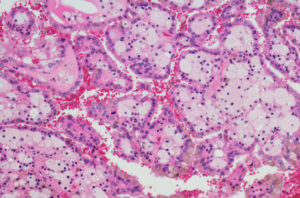
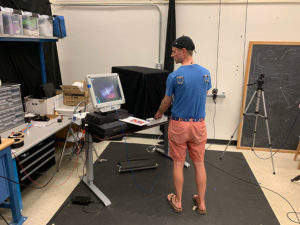
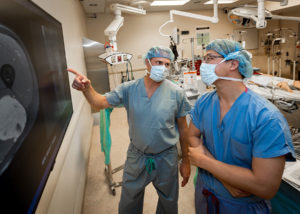

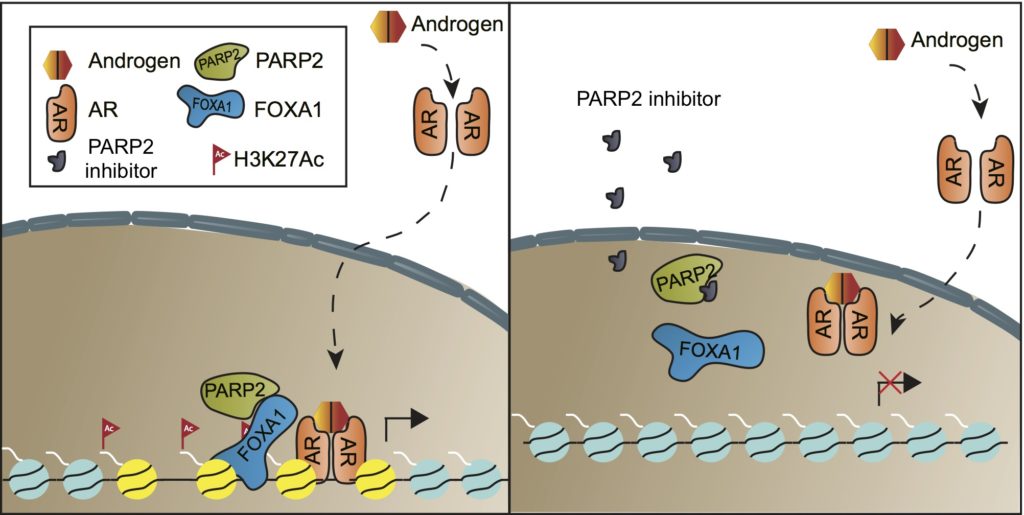
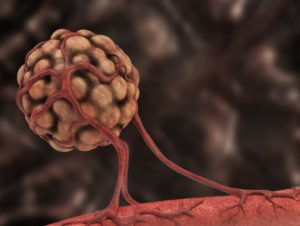
 Complications and high readmission rates are a persistent challenge following radical cystectomy for the treatment of bladder cancer. The complex, intrabdominal operation, which includes replacement of the bladder or creation of a stoma, and often includes removal of reproductive organs as well, is associated with a high rate of morbidity. Patients undergoing the procedure often have additional risk factors for venous thromboembolism (VTE), such as pre-operative chemotherapy, older age and a history of smoking, and VTE is estimated to occur in 5.5 to 8.5 percent of patients and cost more than $10,000 per event. In a comprehensive effort to reduce risk of VTE, reduce length of stay and improve other measures of quality of care, Brigham and Women’s Hospital urologists have implemented a perioperative VTE prophylaxis program and analyzed its results, reporting key quality of care improvements. In addition, in collaboration with nurses, anesthesiologists, pharmacists and other members of patients’ care teams, clinicians in the
Complications and high readmission rates are a persistent challenge following radical cystectomy for the treatment of bladder cancer. The complex, intrabdominal operation, which includes replacement of the bladder or creation of a stoma, and often includes removal of reproductive organs as well, is associated with a high rate of morbidity. Patients undergoing the procedure often have additional risk factors for venous thromboembolism (VTE), such as pre-operative chemotherapy, older age and a history of smoking, and VTE is estimated to occur in 5.5 to 8.5 percent of patients and cost more than $10,000 per event. In a comprehensive effort to reduce risk of VTE, reduce length of stay and improve other measures of quality of care, Brigham and Women’s Hospital urologists have implemented a perioperative VTE prophylaxis program and analyzed its results, reporting key quality of care improvements. In addition, in collaboration with nurses, anesthesiologists, pharmacists and other members of patients’ care teams, clinicians in the  Urologists and oncologists at Dana-Farber/Brigham and Women’s Cancer Center have laid the groundwork for what would be the first Phase III international, randomized trial of a new treatment for patients with high-risk prostate cancer in more than a decade. The treatment involves using novel, potent neoadjuvant hormone therapy for six months prior to prostatectomy surgery, an approach that has been shown to improve both tumor pathology and long-term remission.
Urologists and oncologists at Dana-Farber/Brigham and Women’s Cancer Center have laid the groundwork for what would be the first Phase III international, randomized trial of a new treatment for patients with high-risk prostate cancer in more than a decade. The treatment involves using novel, potent neoadjuvant hormone therapy for six months prior to prostatectomy surgery, an approach that has been shown to improve both tumor pathology and long-term remission.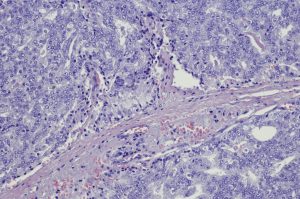 The modification of the androgen axis plays a central role in men’s health, from maintaining vitality to controlling prostate cancer. Trying to balance the side effects and benefits of altering this axis is a fertile area of research.
The modification of the androgen axis plays a central role in men’s health, from maintaining vitality to controlling prostate cancer. Trying to balance the side effects and benefits of altering this axis is a fertile area of research.